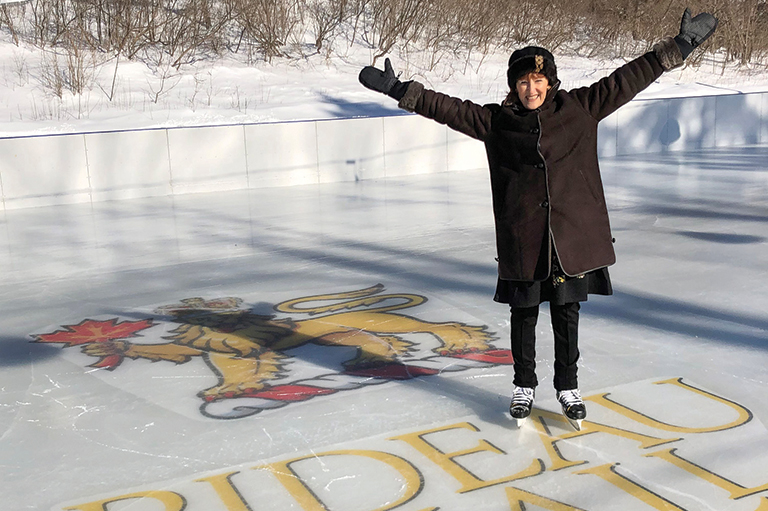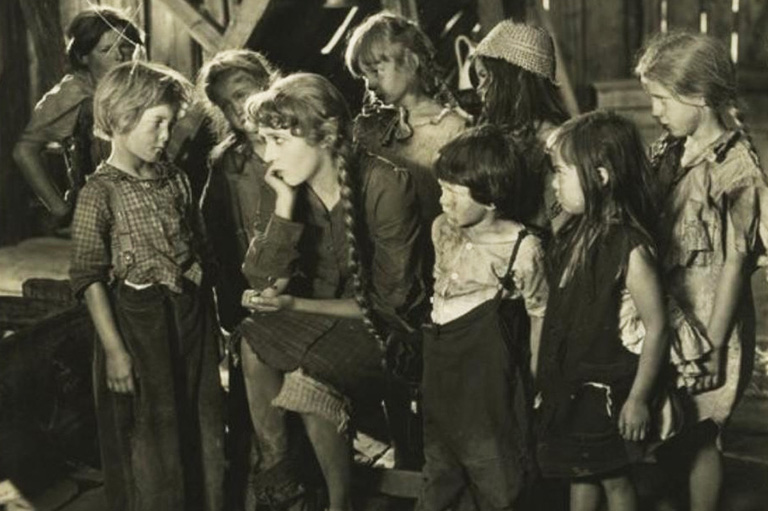Montreal Maroons: Hockey's High Rollers
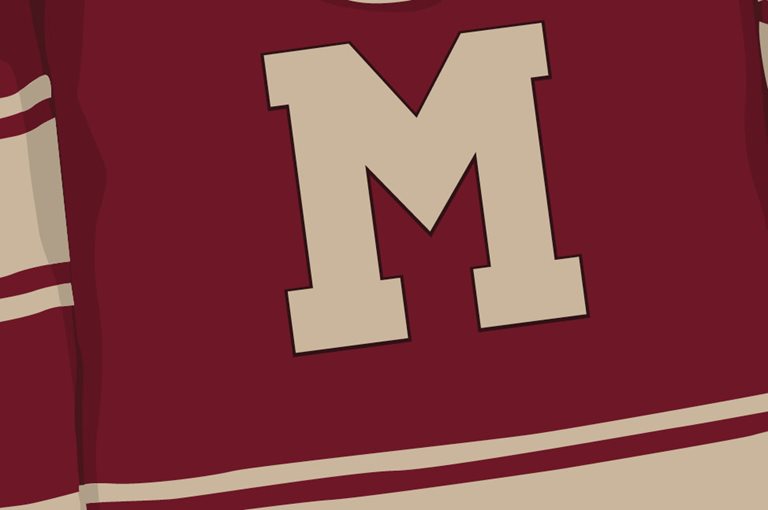
On April 7, 1926, privileged members of Montreal’s English-speaking community wiped the sleep out of their eyes and tried to shake off some nasty headaches. Feeling groggy but triumphant, they proudly read the headline of that day’s Montreal Gazette: “Maroons Captured Stanley Cup from Victoria Cougars.”
The night before, hordes of fans had stormed the Maroons’ dressing room to congratulate team members on their win, creating a scene so chaotic that an entire police squad was called in to keep order.
The reason for all the excitement was that the Montreal Maroons had done the seemingly impossible. Launched as a National Hockey League team in 1924, the new club went from second-worst to best in the league in one year. How could that happen? The answer was money — and lots of it.
At the time, Montreal had two professional teams, representing the city’s cultural divide. French Canadians, who typically didn’t wield much economic power, cheered on the Montreal Canadiens, while Montreal’s well-heeled anglophones backed the Maroons. While the former seemed never to have a problem keeping a team, the latter found it a struggle.
An earlier anglophone-backed club, the Montreal Wanderers, had formed in 1903 and played in several leagues before joining the NHL in 1917. The Wanderers, owned by members of Montreal’s anglophone business community, existed for only part of the NHL’s inaugural season before being disbanded following a messy dispute between team ownership and the league. Anglophone Montrealers were left without their own professional team.
On-ice fights were routine, involving plauers, referees, and even goal judges. While that was going on, violence would often spill over into the crowd.
“There was a kind of a void,” William Brown, author of The Montreal Maroons: The Forgotten Stanley Cup Champions, said in an interview.
Wanderers founder James Strachan stepped in to fill the void by creating the Montreal Professional Hockey Club — which quickly came to be called “the Maroons” in reference to the distinctive colour of the team’s jersey. Backed by anglophone movers and shakers in Canada’s thriving 1920s stock exchange, the team was soon approved by the NHL. Next came a new arena. After only 159 days of construction, the Montreal Forum towered above Saint Catherine Street West.
On the surface, this seemed like bad news for Canadiens coach and owner Léo Dandurand. The Habs were suddenly competing in their own market with a brand new team playing at a world-class facility. The Canadiens were stuck with the Mount Royal Arena, a natural ice complex where rink flooding was done without machines. But, according to Brown, the Canadiens’ coach and owner was actually quite pleased.
“He publicly talked about how the Maroons would have to compensate him for encroaching on his market, but he was quite happy behind the scenes because he knew that one day he’d be able to break his lease with that rickety natural ice arena and move into the Forum,” said Brown. Dandurand’s wish was fulfilled when the Canadiens started playing at the new arena in 1926.
The Maroons’ owners stocked the lineup with future Hall of Famers such as Harry “Punch” Broadbent, Reg Noble, and goalie Clint Benedict. They were paid well, earning the Maroons a new nickname, “the stockbrokers of the NHL.”
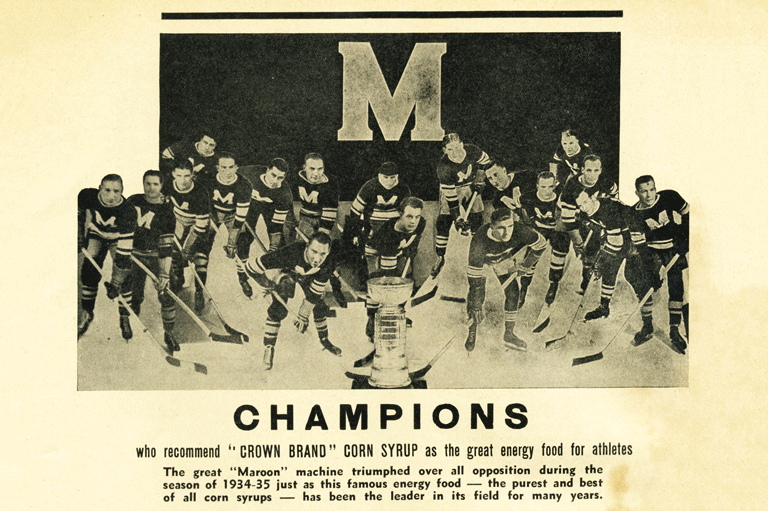
“The Maroons had this sort of attitude,” said Brown. “They had lots of money, and the players were very well paid. The owners and their backers waved cash under their noses. There were bonuses if you scored a lot of goals. There were bonuses if you won the Stanley Cup.”
Even fans chipped in with bonuses. In one case, a fan gave a star forward a thousand dollars for scoring a game-winning goal.
Yet, initially, all this wealth did not ensure victory. The Maroons finished the 1924–25 season poorly, with nine wins, nineteen losses, and two ties. In their matchups with the Canadiens, the Maroons were trounced on almost every occasion. The Habs shut them out in three games, tied one, and ended the regular season with a 3–1 triumph over the “Rockefeller” Maroons.
Tension was always in the air when the two teams met. “There was a bit of a class thing because the Maroons attracted more well-heeled fans, which were largely Englishspeaking.” Brown said. “But even members of the Frenchspeaking economic elite would sometimes cheer for the Maroons.”
On-ice fights were routine, involving players, referees, and even goal judges. While that was going on, violence would often spill over into the crowd.
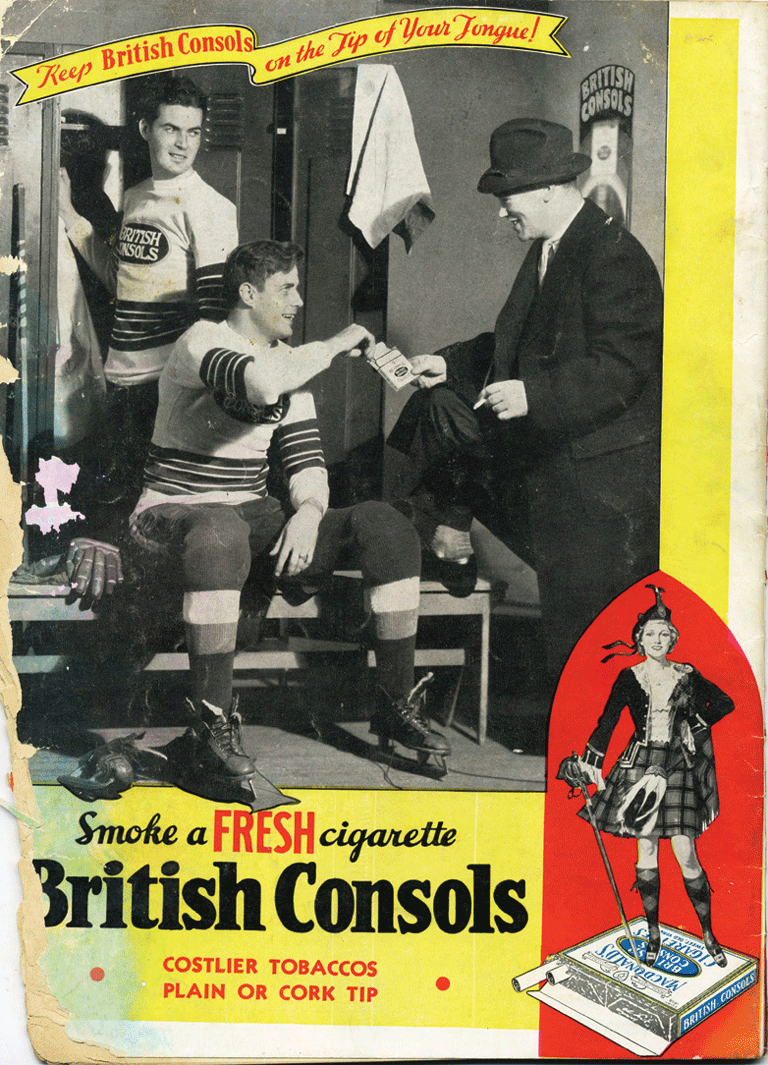
Fortunately for the Maroons’ owners, losing games did not translate into losing money. The Forum sold out night after night. With all that cash rolling in, the Maroons went on a spending spree. For the second season, the owners signed future team captain Dunc Munro to a $7,500 contract, making Munro one of the highest-paid players in the league.
Strachan, the founder, had a sharp eye for new talent. After watching Albert “Babe” Siebert play for a Niagara Falls amateur team, Strachan immediately signed the twenty-one-year- old forward to a pro contract.
Strachan’s next target was a powerful centreman playing in the United States, Nels hockey hall of fame Stewart. He was about six-foot-one and two hundred pounds when scouts found him in Cleveland. Strachan outbid the Toronto St. Pats, who were also pursuing Stewart, to sign the player who would come to be known as “Old Poison” — either because of his deadly accurate shot or because of his habit of spitting tobacco juice into the faces of his opponents.
Stewart and Siebert made up two thirds of what would become the Maroons’ top line for the next season. Ultimately, these off-season acquisitions won the Cup for the Maroons, said Phil Pritchard, vice-president and curator of the Hockey Hall of Fame.
“At that time, it was unheard of to get that many players from different teams,” Pritchard said. “They were ahead of their time, according to some.”
With the addition of new talent, the Montreal Maroons vaulted into second place in the 1925–26 regular season. Moreover, they won where it mattered — in Montreal, against the Canadiens, in five out of six games played. “That year the Maroons brought their level of play up to the Canadiens. And that’s what made it such a good rivalry,” Brown said.
The Maroons went on to defeat the Pittsburgh Pirates and the first-place Ottawa Senators in the playoffs before facing the Victoria Cougars of the Western Hockey League. (At the time, the Stanley Cup was awarded to the winner of a showdown between the two leagues, essentially an East versus West meeting.)

The Maroons won the Cup handily, three games to one in a best-of-five series. The victory marked “the end of the WHL,” according to Brown, because it demonstrated that a team fuelled by money would outmatch the semi-professionals of the WHL. The latter league folded soon after the Cougars’ defeat, although the WHL name has twice since been resurrected for different leagues.
Over the next few years, after winning the Stanley Cup, the Maroons continued to battle hard against the Canadiens. What the Maroons still missed was a knockout, rough-and-tumble enforcer. That’s when Reginald “Hooley” Smith entered the scene. He was a member of the Ottawa Senators, but Strachan offered the Senators $22,500 in cash and first-line forward Broadbent in a trade to bring Smith to the team in October 1927.
Smith was cocky, crass, and very concerned about making money. He was the perfect fit.
“He was a tough, talented player who took the hit, dug things out of the corner, and he never went into the corner without his elbows up,” Brown said.
Between 1928 and 1930, Stewart, Siebert, and Smith comprised the “S line.” They were tough, fast, and cost a lot of money. How much they made is hard to determine, considering the under-the-table incentives the players were given. Smith is said to have made about eight thousand dollars in his first few Maroons seasons, plus bonuses — a small fortune for a hockey player of that time.
The Maroons went on to have many successful seasons and continued to generate healthy profits — until the Great Depression hit. Ticket sales plummeted. All of a sudden the NHL’s “stockbrokers” were pleading poverty.
“They had to economize,” Brown said. “The team just didn’t have the money it used to. They had to start selling off players like Stewart, Siebert, and Smith.” Even without a star-studded lineup, the Maroons won the 1935 Stanley Cup. However, it would prove to be their last hurrah.
Both the Canadiens and the Maroons were running out of money. There was no longer economic room for two teams in Montreal. Rumours ran rampant, including that the Maroons and the Canadiens were making backroom deals and planned eventually to join forces. Since 1935, the Canadiens and Maroons had shared the same owner, the Montreal Arena Company — a fact that did not help to quash gossip.
Meanwhile, things had changed on the population front. The French-speaking middle class had grown dramatically since the Maroons joined the league, and by the 1937–38 season the Canadiens had the city’s majority support.
The Maroons owners conceded. The final Montreal Maroons game took place March 17, 1938. They faced off against their archrivals, the Canadiens, and, in a final denoument, lost 6–3. Efforts to transfer the team to St. Louis, and later to Philadelphia, failed.
The team disbanded. The Canadiens claimed some of the Maroons; others signed with the remaining NHL teams. By the 1938–39 season, the Montreal Maroons franchise had disappeared as quickly as it had appeared.
Never again would Montreal have two separate NHL hockey teams to serve two language communities. Meanwhile, the Canadiens would go on to become legends of Canadian hockey.
In the April-May 2013 issue of Canada’s History magazine, award-winning Winnipeg writer Ryan Kessler recounts the rise and fall of the “Rockefeller Maroons.” To explore the early days of the NHL, Kessler also put together a series of online articles and podcast interviews.
More stories about the "early NHL"
Themes associated with this article
Advertisement





